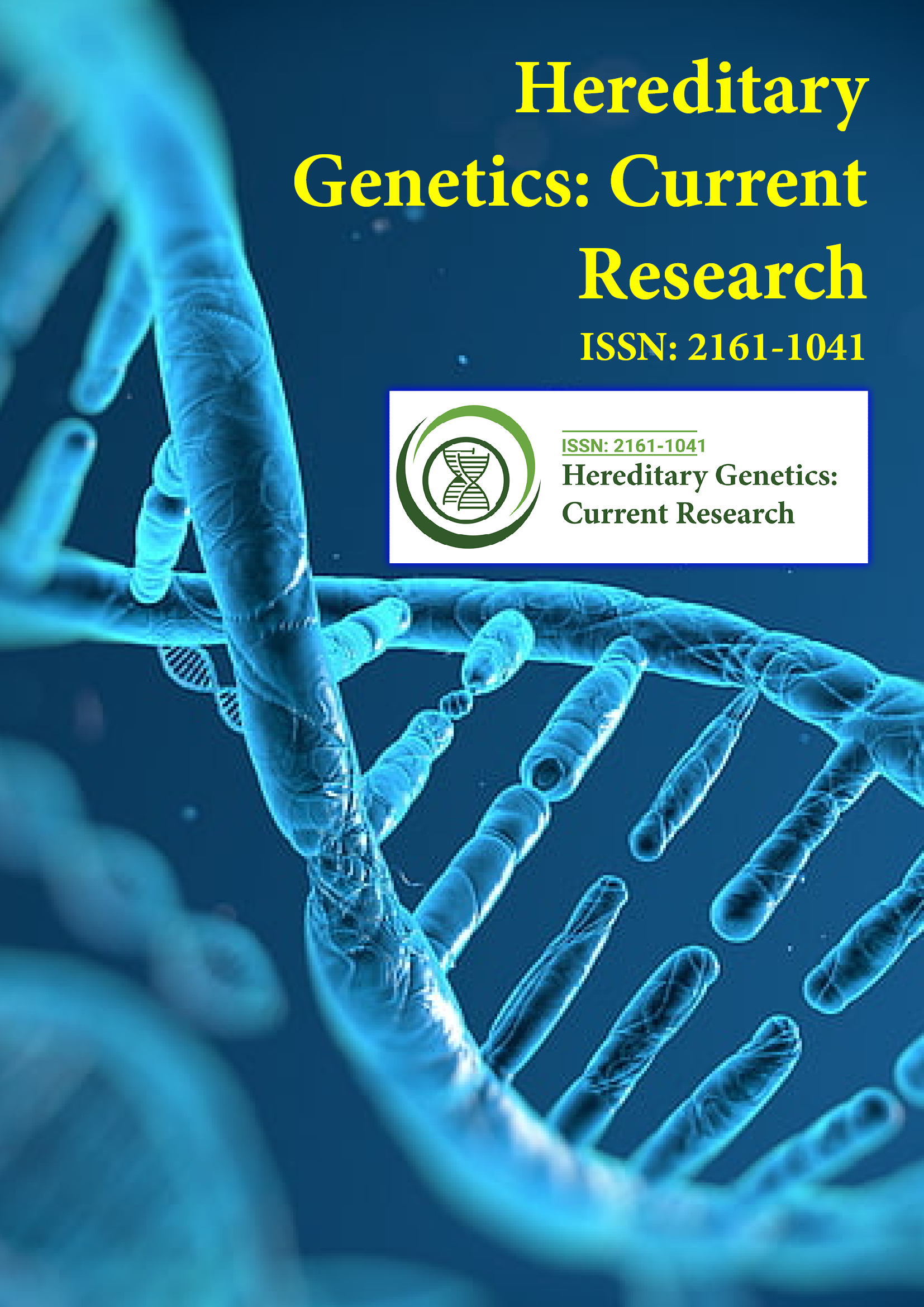зҙўеј•дәҺ
- жү“ејҖ J й—Ё
- Genamics жңҹеҲҠжҗңзҙў
- еј•з”Ёеӣ еӯҗ
- еҸӮиҖғжҗңзҙў
- е“Ҳе§ҶиҫҫеӨ§еӯҰ
- дәҡеҲ©жЎ‘йӮЈе·һEBSCO
- NSD - жҢӘеЁҒз ”з©¶ж•°жҚ®дёӯеҝғ
- OCLC-WorldCat
- жҷ®еёғйҡҶж–Ҝ
- ж—ҘеҶ…з“ҰеҢ»еӯҰж•ҷиӮІдёҺз ”з©¶еҹәйҮ‘дјҡ
- 欧жҙІй…’еҗ§
- и°·жӯҢеӯҰжңҜ
жңүз”Ёзҡ„й“ҫжҺҘ
еҲҶдә«жӯӨйЎөйқў
жңҹеҲҠдј еҚ•

ејҖж”ҫиҺ·еҸ–жңҹеҲҠ
жҠҪиұЎзҡ„
й“ҫзү№ејӮжҖ§еҚ°иҝ№е’ҢеҲҶзҰ»жЁЎеһӢзҡ„ж„Ҹд№үпјҡж•ҙеҗҲе®«еҶ…жҝҖзҙ жҡҙйңІгҖҒе№Із»Ҷиғһе’Ңдҫ§еҗ‘дёҚеҜ№з§°еҒҮиҜҙеңЁд№іи…әзҷҢз—…еӣ еӯҰдёӯзҡ„дҪңз”Ё
иҫӣж ј·е“Ҳе®ҫеҫ·гҖҒеҚЎзҪ—е°”·A·жӢүжүҺжӢүе’Ңйҳҝ马尔·JS·е…ӢжӢүе°”
е·ІзҹҘзҡ„еҹәеӣ зӘҒеҸҳе’Ң家ж—ҸйҒ—дј еӣ зҙ еҚ еҘіжҖ§д№іи…әзҷҢз—…дҫӢзҡ„дёҚеҲ° 20-25%пјҢеӣ жӯӨпјҢеӨ§еӨҡж•°з—…дҫӢиў«еҪ’зұ»дёәз—…еӣ дёҚжҳҺзҡ„ж•ЈеҸ‘з—…дҫӢгҖӮеҚ•ж ёиӢ·й…ёеӨҡжҖҒжҖ§ (SNP) иў«и®ӨдёәжҳҜд№іи…әзҷҢзҡ„йЈҺйҷ©еӣ зҙ пјҢдҪҶеӨ§йҮҸз ”з©¶жңӘиғҪж”ҜжҢҒиҝҷдёҖи®әж–ӯгҖӮжңҖиҝ‘зҡ„иҜҒжҚ®иЎЁжҳҺејӮеёёзҡ„иЎЁи§ӮйҒ—дј жңәеҲ¶дёҺд№іи…әзҷҢзҡ„еҸ‘еұ•е’ҢиҪ¬з§»иҝӣеұ•жңүе…іпјҢдҪҶеңЁзЎ®е®ҡж•ЈеҸ‘жҖ§д№іи…әзҷҢз—…дҫӢзҡ„дё»иҰҒз—…еӣ ж–№йқўеҸ–еҫ—зҡ„иҝӣеұ•жңүйҷҗгҖӮиҝҷеҜјиҮҙдёҖдәӣз ”з©¶дәәе‘ҳиҖғиҷ‘е…¶д»–еҒҮи®ҫпјҢеҢ…жӢ¬еңЁж—©жңҹеҸ‘иӮІиҝҮзЁӢдёӯе®«еҶ…жҺҘи§Ұжңүе®іеҢ–еӯҰзү©иҙЁгҖҒж°ёз”ҹй“ҫе’Ңй“ҫзү№ејӮжҖ§еҚ°иҝ№д»ҘеҸҠйҖүжӢ©жҖ§жҹ“иүІеҚ•дҪ“еҲҶзҰ»еҒҮи®ҫгҖӮеңЁиҝҷйҮҢпјҢжҲ‘们ж•ҙеҗҲдәҶи‘—еҗҚзҡ„жӣҝд»ЈжЁЎеһӢпјҢд»Ҙеё®еҠ©жҢҮеҜјжңӘжқҘеҜ№иҝҷдёҖдёҺдәәзұ»еҒҘеә·жңүе…ізҡ„йқһеёёйҮҚиҰҒзҡ„дё»йўҳзҡ„з ”з©¶гҖӮ